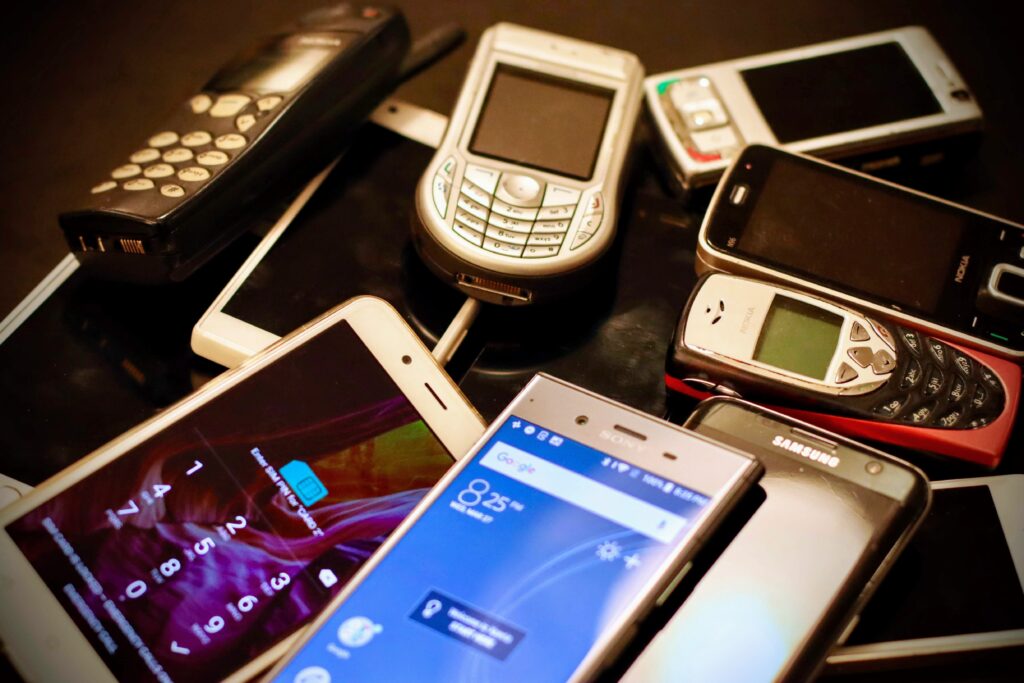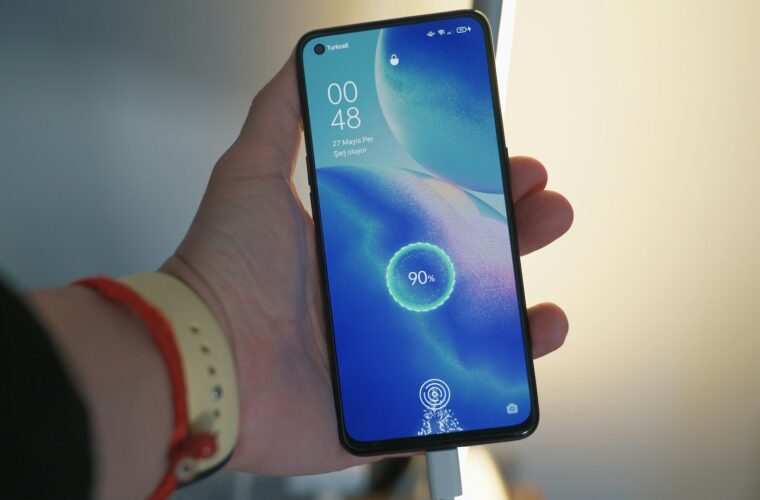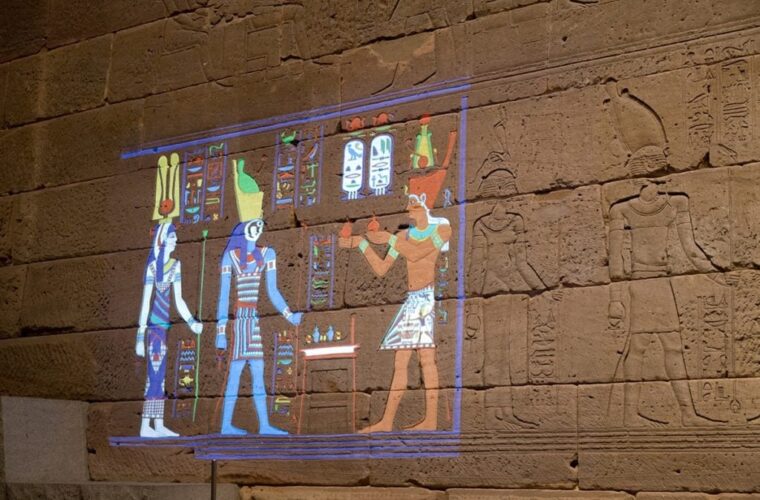Can you recall your life without smartphones? If the answer is yes, then you have experienced a completely different era, and don’t worry, you are not alone, nor are you that old.
On November 23, 1992, the number of mobile phone users surpassed the 10 million mark. A milestone date. Within just a few years, mobile phones managed to dominate our lives, and today, they are considered by many to be a digital addiction that we constantly carry in our pockets and to which we are addicted.
Today, there are more mobile phones than people in the world, and many do not remember—or did not experience—the pre-mobile era. According to GSMA data, at least 5.4 billion people currently have at least one mobile connection.
Since 2016, we have been living in a world where mobile phones outnumber people, with the latest data from the International Telecommunication Union (ITU) showing that by mid-2022, the planet’s 7.95 billion inhabitants had 8.58 billion mobile connections.
What few realize is that the mobile phone has reached 50 years of existence, even if it took several years from its ‘birth’ to conquer the world. Martin Cooper, an engineer at Motorola, who, along with his team, introduced the first mobile phone in 1973, is considered the ‘father’ of the mobile phone.
The first mobile phone
The first mobile phone was a bulky device shaped like a boot, so heavy that it became known as ‘the brick.’ With that first phone, the user could talk for 35 minutes before recharging it for 10 hours.”
Indeed, Cooper is the man who made the first mobile phone call on April 3, 1973, as he walked along 6th Avenue in New York City. To showcase his invention to some journalists, he dialled his competitor, Joel Engel of Bell Laboratories at AT&T, telling him he was calling from a mobile phone while walking down the street. ‘There was silence on the other end of the line,’ Cooper told Bloomberg in 2015. ‘To this day, Joel doesn’t remember that call, and I’m not sure I blame him for it,’ he jokingly remarked at the time.

Motorola took ten years to overcome various technical and bureaucratic obstacles before selling its first mobile phone in 1983. It was a slimmer model that cost between $3,500 and $4,000 at the time.
The true revolution of mobile phones would come a decade later when industry companies finally released phones for the masses at affordable prices. The first such device was introduced in 1992 by Nokia. The model 1011 was much smaller than the mobiles sold until then, weighing less than half a kilogram, featuring a backlit black and white screen, and allowing the user to talk for 1.5 hours before needing a recharge. Above all, it was easy to use and worked perfectly.
The Nokia 3310 followed in 2000, also known as the legend of mobile phones that changed the world. This device was user-friendly, highly durable, and could send SMS messages. Among its features that users loved were the pre-installed ‘Snake’ game and the ability to download favourite ringtones or wallpapers. The Nokia 3310 remains one of the most successful mobile phone models of all time, having sold 126 million units.
The first iPhone was released in 2007, and touch screens replaced physical keyboards. Today, smartphones have changed our lives to such an extent that most cannot imagine a world without them. The average American checks their mobile phone 144 times daily and dedicates 4 hours and 25 minutes to it daily.
Life before smartphones
Life without a mobile phone was undoubtedly more mentally peaceful and less stress-inducing. People did not have to deal with dozens of notifications, nor did they spend hours in front of such small screens watching videos or reading news. Indeed, access to information was limited, and people’s methods of communication were few and quite different.
What did people do before smartphones took over our lives?
Before smartphones, people relied on their landline phones more than anything; it was more straightforward. They also maintained an address and phone number book, which became the most important document in their homes. Equally popular were fax machines, which were used for faster document transfer at the time. Newspapers, magazines, and books gained incredible popularity. Every time someone travelled by train, they would read a magazine or newspaper to pass the time since they didn’t have a smartphone in their hands like today. Maps were extremely popular and useful, especially in an era before Google Maps. People needed a way to reach their destination easily. Encyclopedias and dictionaries were also quite significant before mobile phones, as were Walkman/CD Players, the only way for someone to listen to music anywhere.
Today, it is challenging even to imagine a life without a mobile phone—although some people live without it or prefer mobiles with as few applications and features as possible. However, a new trend becoming quite popular is the so-called digital detox, with individuals seeking ways to distance themselves from digital screens and reminisce about the era before the advent of mobile phones.



